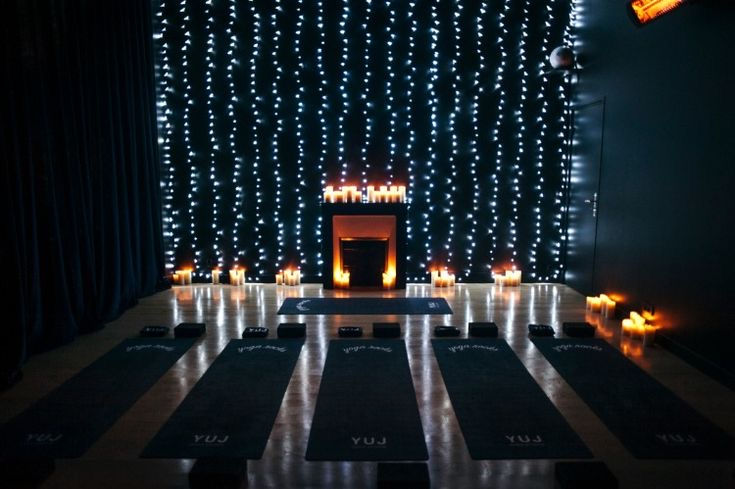Check Yourself Before You Wreck Yourself
- Rosie Lux
- Mar 1, 2019
- 3 min read
Why do you practice Yoga?
You might have heard your teacher suggest you set an intention for your practice as the start of a class, so you silently speak some sweet words to yourself about being more compassionate, or your practicing as an act of self care.
...And then you get moving and these words get forgotten. With yoga increasingly a fashion, we can get caught up in an ideal and perfection. Yoga is not so much a physical discipline, as a mental one, expressed physically.
When this intention is forgotten we end up substituting tension for support, strength for balance and bracing when we need fluidity. In our striving to be more flexible, we lose our feeling of openness and judge success based on our outward shape rather than our inner state.
I’m going to say with some confidence that no student would choose ‘overstretched ligaments and potential for joint pain in later life’ as that intention. Who would?! But I have observed students attack their practice as if that is their aim.
I teach open classes, some people are very new to Yoga and feel stiff in their bodies while others have been practicing for years and either very mobile, or sometimes hypermobile. Yet I can teach all of these bodies safely by encouraging students to pay attention, and to notice.
When I'm teaching I want students to enjoy the journey, because sometimes ‘walk your feet to the front of your mat’ cue can sometimes look like a sprint. What is the rush Yogi? Speed denies us the opportunity to relax, feel and enjoy.

One of my teachers used to say ‘blessed are those who are stiff.’ And they’re right!
Stiffness is stabilizing; it protects a joint from too much stress or movement. For very mobile people Yoga can teach you what the ‘right’ kind of tension in the body feels like and how support joints.
Each of our bodies is capable of experiencing the benefits of yoga from the first breath. The door is opened, not with strength or force or striving, but with the capacity to listen to how our body feels and how our mind responds. A Yoga practice is therefore a call to action to learn about your body, which areas feel mobile and which feel restricted, and take what you learn to make intelligent choices in your practice.
Learn what 80% feels like in your body, avoid extremes and end range of motion;
Practice to experience a marriage of stretch and strength;
If you’re a teacher are you posting an image of a body in a normal range of motion, and if you’re not, are you clear on your motivation why?
As Bernie Clark says ‘if your Yoga practice is to remove tension or transcend the mind, extreme spinal movements are neither necessary or helpful. If the intention is to regain and maintain optimal health, we need to pay attention to the sensations we are creating during and after our yoga practice, to ensure we are not asking too much of our bodies.’
You'll receive these in your inbox when you subscribe.
And if you'd like more of my wit and wisdom, I have a free Yoga Pose Podcast. Available wherever you like to listen to podcasts, or right here!




Comments